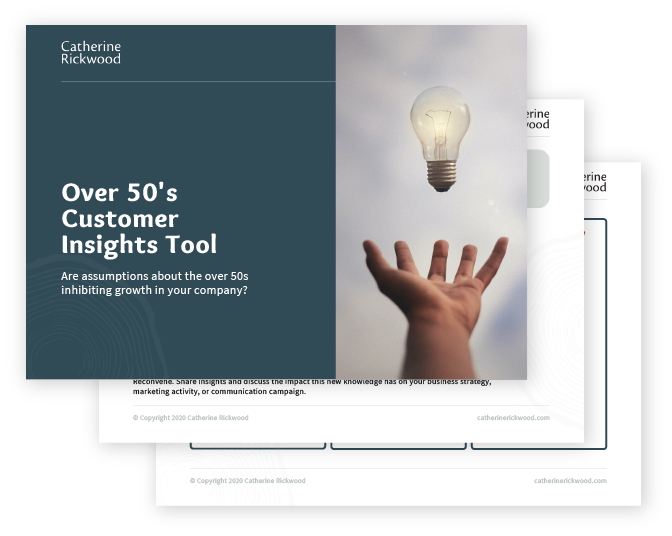Few organisations have a strategic approach to managing their older workers. This issue persists despite research by Deloitte Access Economics that shows a 3 percent increase in the participation rate of workers over 55 could account for a $33 billion boost to Australia’s national economy.
The Challenge
Given the prevalence of age stereotypes in the workplace, there are some critical questions organisations need to ask:
- Do we understand the needs, hopes and aspirations of older workers?
- What are the attitudes and beliefs of younger workers towards ageing and older workers?
- What can we do to increase age diversity and meet the needs of all parties without negatively impacting the bottom line?
As Dr Rickwood suggests in her recent interview with Fran Kelly on Radio National, “HR policies and practices haven’t shifted to accommodate what is a burgeoning possibility in a workforce of older people”.
There are numerous examples of Australian companies that are already reaping the economic benefits of embracing an older workforce. The most well-known example being Bunnings Warehouse, which employs large numbers of older, highly-skilled tradespeople. No longer able to continue in physically demanding jobs, these people instead are offering a lifetime’s worth of expertise to Bunnings shoppers.
The Facts
According to the Age Discrimination Commissioner’s report ‘Willing to Work’, 12.7% of those aged 65 and over are in the labour force; however, this figure is expected to double by 2055.
Historically, we considered 60 or 65 to be the age at which we retired. Or, for the financially savvy, we saw 55 years old to be “lucky”.
Unfortunately, this view of 65 as the age at which we retire largely remains. We dream of when the constraints of a workplace end, and travel and leisure beckon. However, increasingly, people are discovering that early retirement isn’t nearly as attractive as perceptions hold it to be. Indeed, many baby boomers see ‘retirement’ as a change of career. It’s a time when they are able to enjoy more flexibility to pursue their passions and interests, whether paid or voluntary. For example, recent Australian of the Year, Graham Farquhar, revealed in an interview that he enjoyed being able to continue working in his area of expertise on an unpaid basis.
According to research by MetLife (UK), 63% of over 50’s in their survey would consider re-training to stay working longer. There is also evidence to suggest that greater initiative is required by both older workers and businesses for training and re-skilling.
For example, organisations that invest in retention of their older, skilled workers are discovering higher organisational productivity. Similarly, it’s essential for all workers to continue to learn and educate themselves to remain relevant.
The Opportunity
Underpinning these burgeoning human resource issues is an absence of conversations with all staff – regardless of age – about their attitudes and beliefs towards ageing and remaining in the workforce beyond 50. It’s these conversations that can provide insights into how to create an open, all-age-friendly workplace environment and culture.
It is forecast that 85% of jobs in 2030 don’t yet exist. By the end of the next decade there is also a predicted shortage of workers. These two facts alone suggest that now is the time to reshape the workforce. Through their human resource policies, organisations have the opportunity to redesign work and jobs to promote flexibility. From phased or partial retirement, role transfers, blended work, bridge employment to intergenerational job sharing.
Ultimately, the Hon Dr Kay Patterson, Age Discrimination Commissioner, reminds us: “Intergenerational offices do a lot better than ones fixated on just one age group”.
Does your organisation have its finger on the pulse of the over 50’s in the office?
If you would like to better understand the over 50’s, contact us.
[et_bloom_inline optin_id=”optin_1″]
Photo by Andrew Bui on Unsplash



